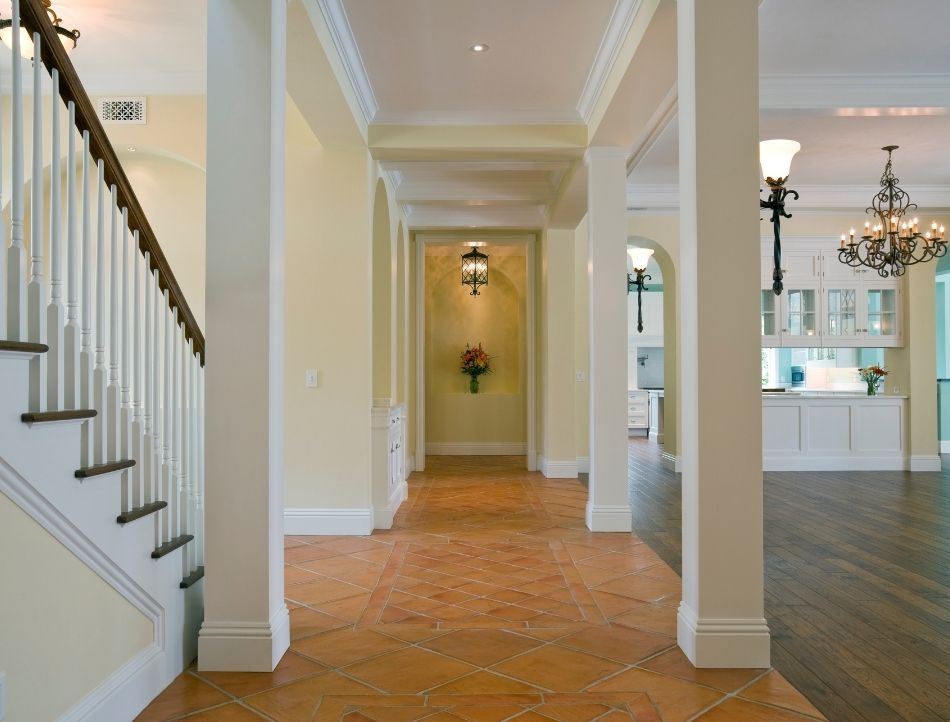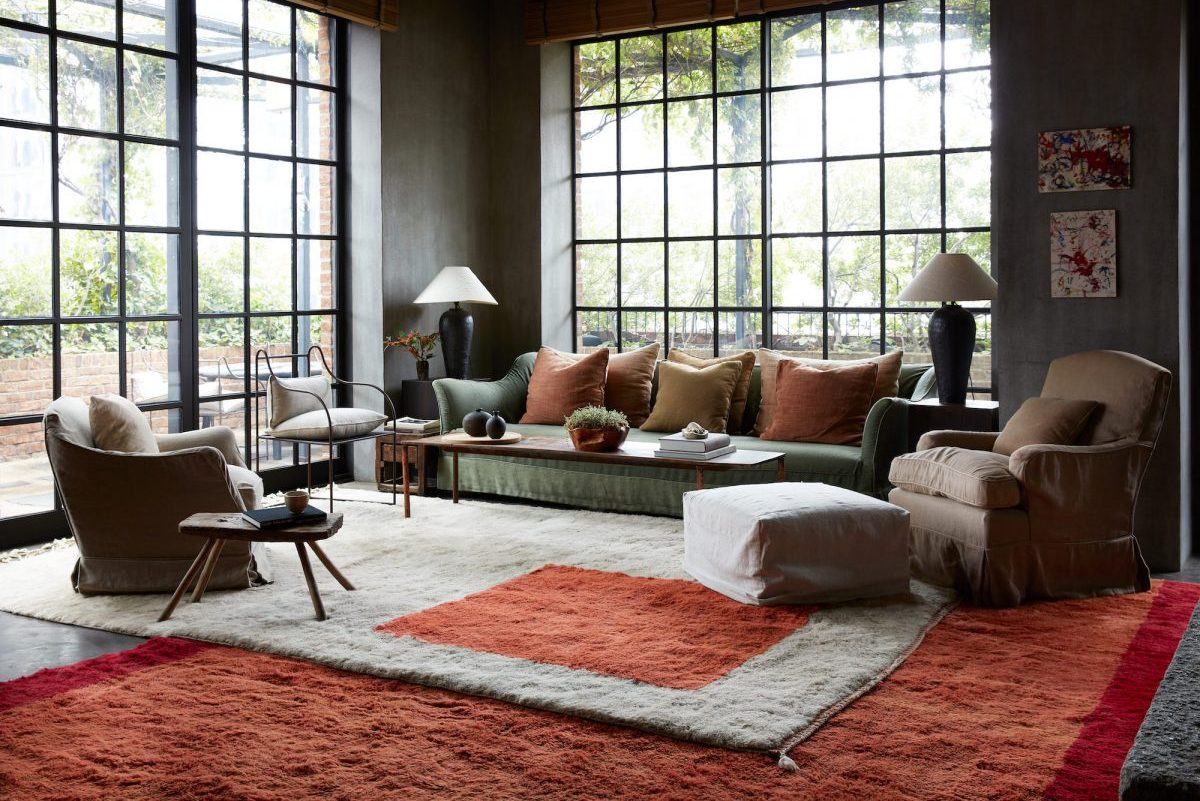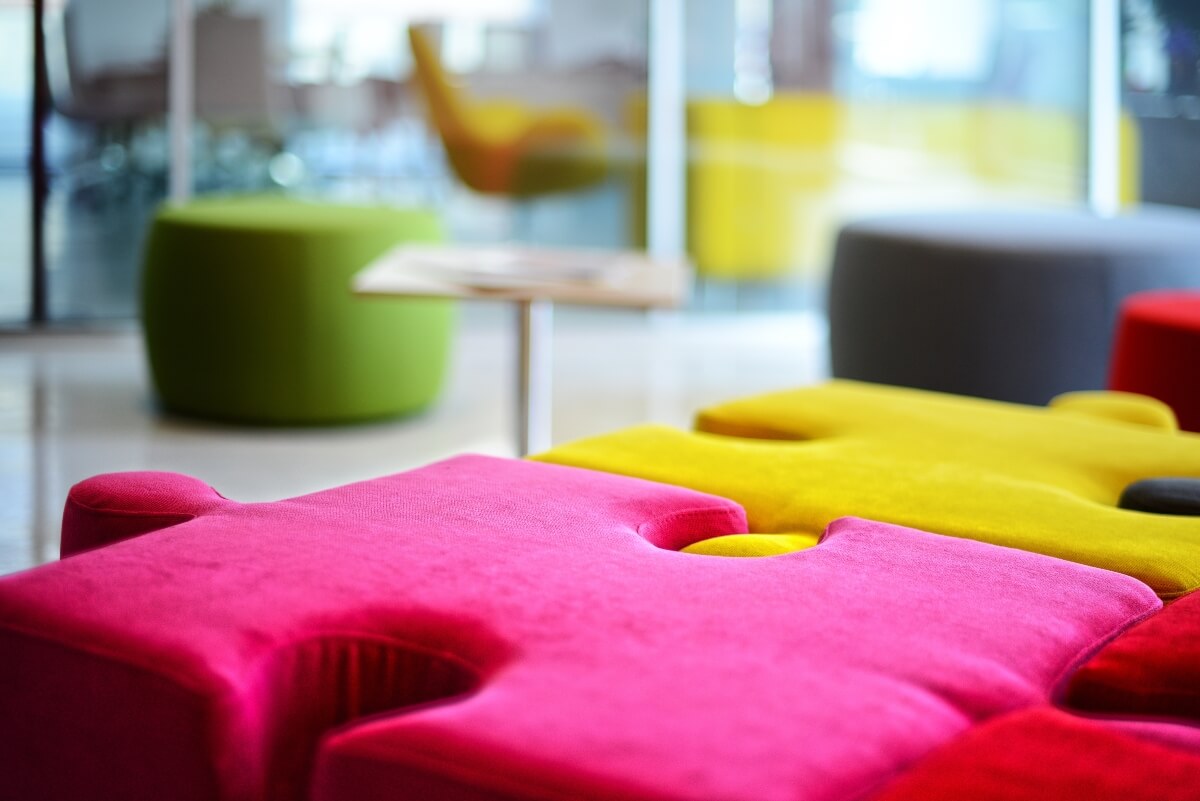Transform empty properties into stunning showpieces through digital staging – the revolutionary technology reshaping today’s real estate market. By digitally inserting furniture, decor, and design elements into vacant spaces, this innovative approach slashes traditional staging costs while dramatically enhancing your interior design process. Virtual staging delivers photorealistic results that help buyers envision a property’s full potential, reducing time on market and increasing sale prices by up to 20%. Whether you’re a real estate professional seeking efficient marketing solutions or a homeowner looking to maximize your property’s appeal, digital staging offers an accessible, cost-effective alternative to traditional home staging – all without moving a single piece of furniture.
What Makes Digital Home Staging Revolutionary
Traditional vs. Digital Staging
When it comes to staging homes, both traditional and digital methods have their unique advantages. Traditional staging involves physically placing furniture and décor in a space, offering a tangible experience that buyers can walk through. While this method creates an authentic feel, it typically costs between $2,000-$5,000 per month and requires significant coordination with staging companies.
In contrast, digital staging leverages technology to virtually enhance empty spaces, aligning with modern home decor trends at a fraction of the cost. Most digital staging services charge $40-100 per photo, making it an economical choice for budget-conscious sellers.
Traditional staging shines in its ability to create an immediate emotional connection, but it’s limited by physical constraints and inventory availability. Digital staging offers unlimited design possibilities and quick turnaround times, though it can’t provide the tactile experience some buyers prefer. Additionally, digital staging allows for easy style updates and multiple design versions of the same space, something that would be impractical and costly with traditional methods.

The Technology Behind Virtual Staging
Virtual staging brings together several cutting-edge technologies to create stunning, realistic interior designs. At its core, the process starts with sophisticated 3D modeling software that allows designers to build accurate digital representations of empty rooms. These models capture every detail, from wall dimensions to window placement, ensuring the final result looks authentic.
The magic happens when designers use specialized rendering software to add furniture, decor, and lighting effects. Just like artists with a digital brush, they can place and adjust virtual items until the space looks perfect. These items come from extensive digital libraries containing thousands of furniture pieces and accessories, all designed to look incredibly lifelike.
Advanced lighting algorithms simulate natural and artificial light sources, creating realistic shadows and reflections that make the space feel three-dimensional. Texture mapping technology adds the finishing touches, applying realistic materials like fabric, wood, and metal to the virtual furniture.
The final step involves high-resolution image processing, where powerful computers combine all these elements to produce photo-realistic images that can be almost indistinguishable from traditional photography. This entire process can typically be completed in 24-48 hours, making it an efficient solution for real estate marketing.

Benefits for Homeowners and Real Estate Professionals
Cost-Effective Design Solutions
Digital staging offers an impressive return on investment compared to traditional home staging methods. While physical staging can cost thousands of dollars, digital staging typically ranges from $40 to $200 per photo, making it one of the most cost-effective home solutions available today.
The financial benefits extend beyond the initial investment. With digital staging, you can showcase multiple design styles for the same space without additional costs. This flexibility allows you to target different buyer demographics without the expense of physically redecorating. You’ll save on furniture rental fees, storage costs, and the labor associated with moving pieces in and out of your property.
Consider this: traditional staging often requires a monthly rental commitment, even if your home sells quickly. Digital staging is a one-time cost per photo, and these images can be used across multiple marketing channels indefinitely. Plus, you won’t have to worry about furniture damage or insurance costs that typically come with physical staging.
For sellers on a budget, digital staging offers the perfect balance of professional presentation and cost control. You can start with key rooms like the living room and master bedroom, then add more staged photos as needed. This scalable approach helps manage expenses while maximizing the visual appeal of your property listing.
Flexibility and Customization
One of the most exciting aspects of digital home staging is its incredible flexibility. Want to see how your living room looks with different wall colors? Or curious about how various furniture styles would transform your living space? With digital staging, these changes are just a few clicks away.
You can easily switch between modern minimalist, cozy farmhouse, or elegant traditional styles without moving a single piece of furniture. Try out different color schemes, from calming neutrals to bold accent walls, and preview how various lighting options affect the ambiance. Need to stage the same room for different target markets? Digital staging lets you create multiple versions of the same space, each appealing to different buyer preferences.
The customization options are practically endless. Add or remove furniture, experiment with different flooring materials, or change window treatments instantly. You can even adjust the time of day in your staged photos to showcase how natural light plays throughout the space. For outdoor areas, you can visualize different landscaping options or deck furniture arrangements across seasons.
Best of all, these modifications can be made quickly and cost-effectively, allowing you to respond to feedback and market trends without the physical constraints of traditional staging. Whether you’re selling a home or planning a renovation, this flexibility ensures you can explore all your options before making any permanent changes.

Getting Started with Digital Home Staging
Choosing the Right Service Provider
When selecting a digital staging service provider, start by reviewing their portfolio thoroughly. Look for variety in their work and pay close attention to the quality of their virtual furniture and décor choices. The best providers showcase diverse styles and demonstrate consistency across their projects.
Experience matters significantly in this field. Seek companies with a proven track record of at least 2-3 years in digital staging specifically. Ask about their process and typical turnaround times – professional providers should be able to deliver within 24-48 hours for standard projects.
Price shouldn’t be your only deciding factor, but it’s important to understand the pricing structure. Most providers charge per photo, with rates typically ranging from $30 to $100. Be wary of extremely low prices, as they often indicate poor quality work.
Check reviews and testimonials from previous clients, particularly real estate professionals. Ask for before-and-after examples of their work, and ensure they have experience with properties similar to yours.
Technical capabilities are crucial. Your chosen provider should offer high-resolution images suitable for both online listings and print materials. They should also be able to make revisions if needed and provide images in various formats.
Finally, look for providers who offer good communication and customer service. They should be willing to discuss your vision and provide guidance on how to best present your space virtually.
Preparing Your Space
Before diving into digital staging, it’s essential to properly prepare your space to achieve the best possible results. Start by thoroughly decluttering the room, removing personal items, excess furniture, and any distracting elements that might complicate the digital staging process.
Next, give your space a deep clean, paying special attention to visible surfaces, floors, and windows. Clean rooms photograph better and provide a blank canvas for digital staging artists to work their magic. Repair any obvious damage like scuff marks, holes in walls, or broken fixtures – these imperfections can show up prominently in photos.
Good lighting is crucial for quality photographs. Open all curtains and blinds to maximize natural light, and consider shooting during the golden hours (early morning or late afternoon) when sunlight is softest. Remove or minimize shadows by ensuring all light fixtures are working properly.
Take multiple photographs of each room from different angles, including corner-to-corner shots that capture the entire space. Use a wide-angle lens if possible, but avoid fisheye effects that might distort the room’s proportions. Shoot at chest height for the most natural perspective, and ensure your camera is level to avoid skewed lines.
Remember to document any architectural features or built-in elements you’d like to highlight in the digital staging. These details help digital artists create more realistic and appealing final images that showcase your space’s true potential.
Real Success Stories
Let’s look at some inspiring success stories that showcase the power of digital staging in real-world scenarios.
Sarah Thompson, a homeowner in Denver, struggled to sell her vacant property for three months. After implementing digital staging, her home sold within two weeks at asking price. “The digital staging helped buyers visualize the potential of each room. The transformation was incredible, and the cost was just a fraction of traditional staging,” Sarah shares.
The Martinez family in Austin faced a similar challenge with their mid-century modern home. Their realtor suggested digital staging to highlight the home’s unique architectural features. The results? They received multiple offers within days, and the final sale price was 8% above their asking price.
Professional stager Lisa Chen made the switch to digital staging in 2021. “I was skeptical at first,” she admits, “but the flexibility and cost-effectiveness won me over. My clients love being able to see multiple design options for the same space, and I can work with more properties simultaneously.”
Perhaps the most compelling case is from Toronto-based real estate agent Mike Williams. He conducted an experiment listing identical properties – one with digital staging and one without. The digitally staged property received 47% more online views and sold three weeks faster than its unstaged counterpart.
These success stories demonstrate how digital staging can be a game-changer in today’s real estate market, offering both practical and financial benefits.
Digital home staging has revolutionized the way we present and visualize properties, and its future looks even more promising. As technology continues to advance, we can expect to see more sophisticated visualization tools, improved AI-powered staging options, and even more realistic virtual representations of spaces.
For homeowners and real estate professionals ready to embrace this technology, the time to start is now. Begin by researching reputable digital staging services or software options that match your needs and budget. Consider taking an online course to understand the basics of virtual staging principles, which will help you make better decisions whether you’re doing it yourself or working with professionals.
Remember that digital staging is not just a trend – it’s becoming an essential tool in modern real estate marketing. By combining traditional home preparation techniques with digital staging solutions, you can create compelling property presentations that resonate with today’s tech-savvy buyers.
Take the first step today by photographing your space and experimenting with digital staging tools. The investment in time and resources will likely pay off through faster sales and better property presentation in our increasingly digital world.





